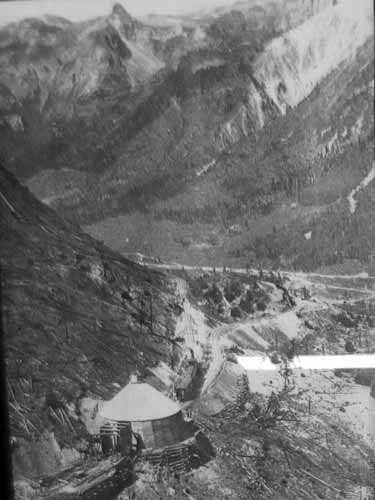Located at 9,318 feet, Silverton was once the hub of 4 railroads. Originally the land was owned by the Utes and off limits for settlements. But then the Brunot Treaty of 1874 was signed and prospectors poured in by the hundreds. Each railroad served a different canyon, bringing down valuable ores from the San Juan mountains. The mines were at 12,000 feet or higher and manned by miners who lived there year-round in giant boardinghouses of 200+ men. Mining operations finally ceased in 1991.


Thanks for the safe ride, No. 480!

The coal that was our power uphill

Our gondola car
We walked up Greene Street (the main street in town) as far as the courthouse, then headed back via some of the side streets.

Greene Street

The Grand Imperial Hotel (left) was built from 1882 - 83, first as the Grand Hotel, then as the Imperial Hotel, and finally as the Grand Imperial. Its main floor has housed a variety of businesses and the second floor was once used as the courthouse.




One of the oldest masonry buildings in town (right), this structure was erected in 1880 as the general store. In 1900, it was the Iron Mountain Saloon, but prohibition turned it into an ice cream parlor. It is now a restaurant.
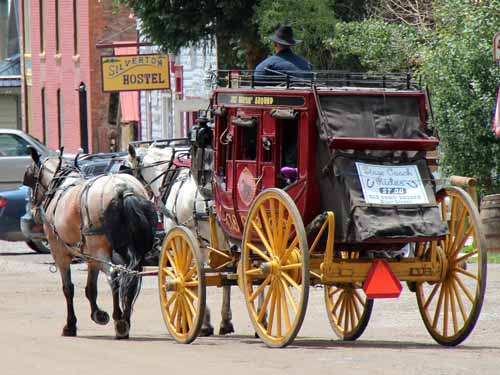

Just grin and bear it!

The Wyman Building was constructed of native red sandstone in 1902 by pioneer packer Louis Wyman.

He hand-carved the mule as a tribute to the stubborn but valuable animals which worked in the mines.

More mining memories

The town hall was started in 1908. Before it was finished, the four pillars in front fell off and the project changed contractors. It was built of the same stone as the Wyman Building, at a cost of $14,500. It was restored in 1976 with assistance from the National Park Service. In 1992, a fire gutted the building and it again had to be restored.

The San Juan county courthouse, with its ornate gold-colored dome and clock tower, was built in 1907 at a cost of $79,000. It did not require an increase in taxes to construct. It has been renovated and is still fully in use.
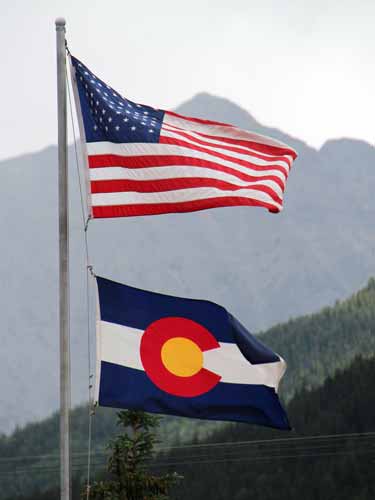

Tall mountains surrounded us

More evidence of the area's mining history


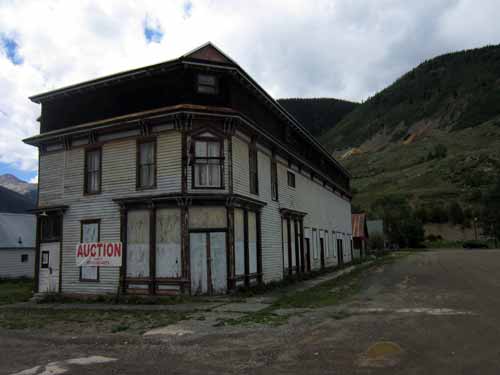


The Old Town Square back at the other end of town was filled with diverse little "old west" shops and trinkets.
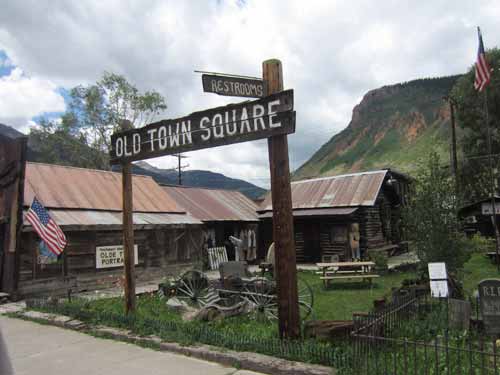





While very pretty, these are not the native, wild columbines which are blue.

We then walked over to the old depot. We first explored the museum inside, then the train yard outside.

The Silverton depot was originally built as just a temporary structure in 1882.



In 1975, just before the arrival of a train, the southeast end of the depot was blown apart by a charge of dynamite that had been intentionally set. Despite rewards offered by the railroad, no one was ever caught and no motive was known.

The four railroads were the D&RG (Denver & Rio Grande), SRR (Silverton Railroad), SN (Silverton Northern) and the SG&N (Silverton Galdstone & Northerly).

Click for larger version of old Silveron



Coal

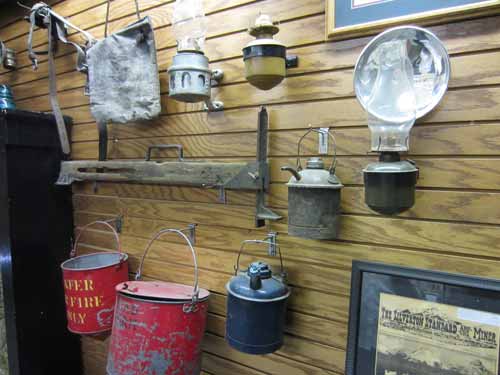

The Corkscrew Gulch turntable was used for turning engines around on the track.
